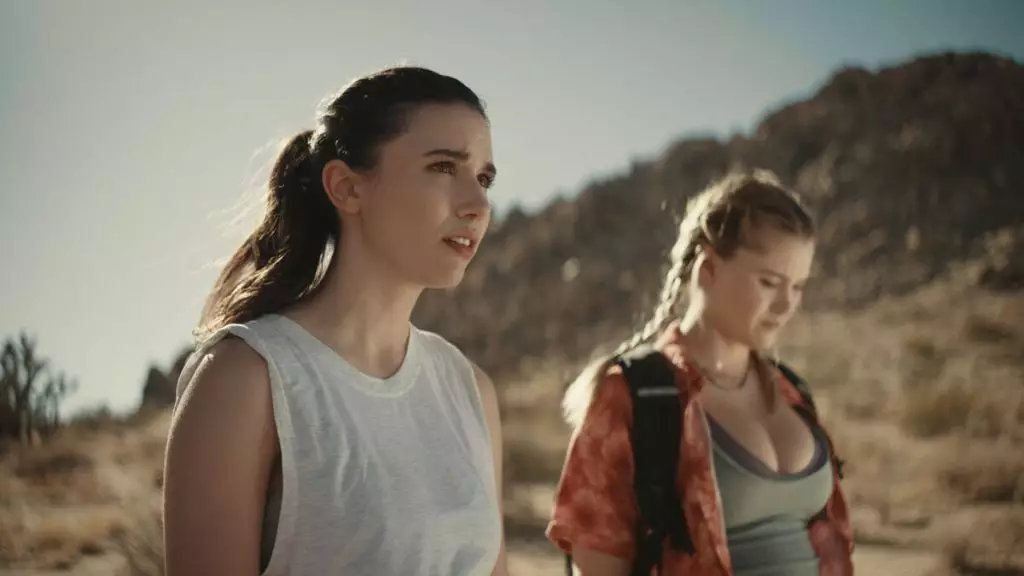The recent Zurich Summit panel discussion on the implications of artificial intelligence (AI) in the film industry has thrown significant light on this evolving dilemma. Featuring industry leaders like Jim Rivera of Flawless, David Unger from Artist International Group, Chris Jacquemin of WME, and producer Sara Murphy from Fat City, the conversation traversed a spectrum of opinions — illustrating both the promise and the peril that AI presents. Amid the chorus of optimism, it is essential to unravel the complexities surrounding the implementation, efficacy, and ethical ramifications of AI in filmmaking.
David Unger articulated a visionary perspective, likening the current technological shift to the inception of synchronized sound in film. He asserted that we stand on the cusp of a profound transformation in filmmakers’ narrative capabilities. The forecasted evolution includes not just new storytelling methods but an entirely new cinematic language that will reshape industry norms — from film lengths to the traditional definition of a star. This optimistic view points to an era where creativity is diversified and expanded beyond conventional boundaries.
Unger’s analogy illuminated the potential that lies ahead, suggesting that, much like the pioneers of early sound films, a new generation will emerge, embracing these tools for artistic expression in ways unimagined today. However, without a roadmap, the film industry risks being overwhelmed — not every transformative moment results in progress; historical shifts often come with pitfalls.
Leveraging AI for Efficiency and Cost Reduction
The functionalities of AI tools have already started making waves in indie filmmaking, significantly cutting costs and improving efficiency. Rivera underscored the success of Flawless in introducing tools like TrueSync, which translate performances into various languages and streamline production processes. The financial implications are substantial — with hundreds of thousands of dollars potentially saved on reshoots, the allure of AI-driven production becomes evident, particularly for independent filmmakers operating on tight budgets.
However, while AI can augment creativity and efficiency, this also raises a key question: at what cost? Cinema, an art form steeped in emotion and depth, could risk losing its intrinsic human element if perception leans too heavily on technology unbound by ethics or the nuances of human experience.
Quality vs. Innovation: The Quality Control Conundrum
Unger and Rivera voiced a common concern regarding the trade-offs that accompany innovation. Rivera pointed out the critical issue of quality control, warning that while AI elevates the bar for cinematic output, it comes with risks to critical aspects such as resolution, color depth, and overall production quality. Thus, while AI technologies promise to revolutionize filmmaking, they also carry the weight of responsibility for maintaining industry standards.
Creating engaging and visually stunning content remains a core value of filmmaking. The industry must navigate the balance between being on the cutting edge of technology while ensuring that quality is not only preserved but enhanced. With audiences becoming increasingly discerning, introducing AI without rigorous quality measures could alienate traditional cinema-goers.
Ethics and Consent: The New Frontier
As AI technology becomes more sophisticated, complex ethical questions surrounding consent and the rights of creative professionals will undoubtedly arise. Rivera stressed the necessity of ongoing conversations with guilds to understand consent’s nuances as it relates to AI-generated performances. These discussions must encapsulate the rights of actors and creative workers as new technologies emerge, blurring the line between originality and imitation.
The implications of AI wielding influence over creative content need careful navigation. Past experiences with companies negotiating usage rights for voice performances underscore a pressing need for legal frameworks that protect artists’ identities and contributions. Ensuring a balanced relationship, where both filmmakers can innovate and artists are rightfully compensated and respected, is fundamental to preserving a healthy creative ecosystem.
As the panel pondered the possibility of AI “movie stars” — virtual personas that may gain celebrity status akin to human actors — there was an acknowledgment that while AI can enhance the filmmaking process, it does not replace human creativity. The future will not merely be about emulating existing narratives but creating new art forms through collaboration between technology and human artistry.
The balancing act between innovation and the challenges posed by AI is ongoing. The industry stands at a pivotal point where a harmonized approach to integrating AI can flourish alongside traditional methodologies — with the potential to develop an enriched cinematic landscape, rife with hybrid formats that couple technology and human expression. The road ahead will rely heavily on conversations, ongoing collaborations, and, above all, maintaining a steadfast commitment to the essence of creative storytelling.

